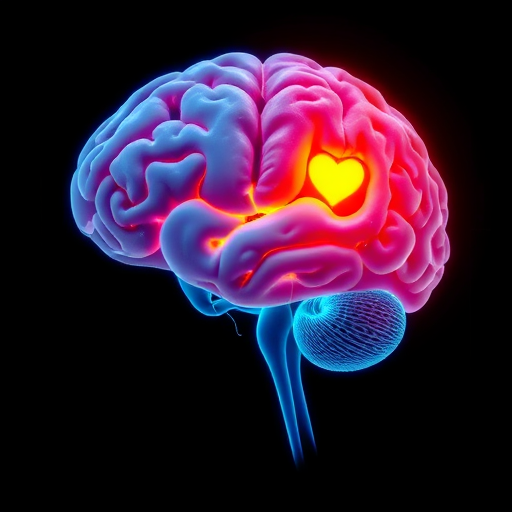The Science of Love: Why We Fall in Love and How to Make It Last
Introduction: Unlocking the Mystery of Love
Love is one of the most profound and mysterious experiences in life. It can bring immense joy, fulfillment, and meaning, yet it often feels like an enigma, leaving us wondering why we fall in love with certain people and how we can make this magical feeling last. In this article, we will explore the science behind love, uncovering the biological, psychological, and social factors that contribute to this complex emotion. By understanding the why and how of love, we can gain valuable insights into nurturing and sustaining meaningful relationships. So, get ready to embark on a journey into the heart of love, where science meets the spirit of romance!
The Biology of Love: Why We Fall Head Over Heels
When it comes to falling in love, biology plays a significant role. Our brains are wired to seek out and form strong emotional bonds with others, and this process is driven by a complex interplay of hormones and neurotransmitters.
Chemical Romance
The initial stages of romantic love are characterized by a rush of feel-good chemicals, including dopamine, norepinephrine, and serotonin. Dopamine, often referred to as the “love drug,” creates intense feelings of pleasure and reward, making us crave more time with our beloved. Norepinephrine contributes to the physical symptoms of love, such as increased heart rate and butterflies in the stomach. Meanwhile, serotonin plays a role in obsessive thinking and the intense focus we often experience when falling in love.

The Power of Pheromones
Pheromones, chemical signals released by the body, also play a part in attraction. Although the exact mechanisms are still being studied, research suggests that certain pheromones may influence how attractive we find someone. For example, women may be more attracted to men with immune systems different from their own, as indicated by specific pheromones, thus increasing the potential for genetically healthy offspring.
Nurturing Love: How to Make It Last
Understanding the biology of love is fascinating, but it’s also essential to recognize that love is a choice and an action. While the initial rush of chemicals may fade over time, true love is a commitment that requires nurturing and care.
Building a Strong Foundation
Trust, communication, and shared experiences are the cornerstones of a lasting relationship. Building trust involves being vulnerable with each other and creating a safe space where both individuals feel accepted and understood. Open and honest communication ensures that needs are met and conflicts are resolved effectively.

Creating shared experiences and memories is also key. These can be everyday moments, like cooking a meal together or trying a new activity, or more significant milestones, such as traveling to a dream destination. These shared experiences create a unique bond and strengthen the connection between partners.
Keeping the Spark Alive
So, how do we keep the spark alive and ensure that love continues to flourish? Here are some practical tips backed by relationship science:
– Practice gratitude and appreciation: Expressing gratitude and showing appreciation for your partner boosts their sense of security and strengthens your bond.
– Prioritize quality time: Make time for each other, even amid busy schedules. Quality time helps maintain emotional intimacy and keeps you connected.
– Embrace physical touch: Holding hands, hugging, and kissing releases oxytocin, the “cuddle hormone,” which promotes bonding and attachment.
– Nurture your sex life: Intimacy and sexual satisfaction are important aspects of a relationship. Keep things exciting by exploring each other’s desires and trying new things.
– Manage stress together: Stress and anxiety can take a toll on relationships. Support each other




